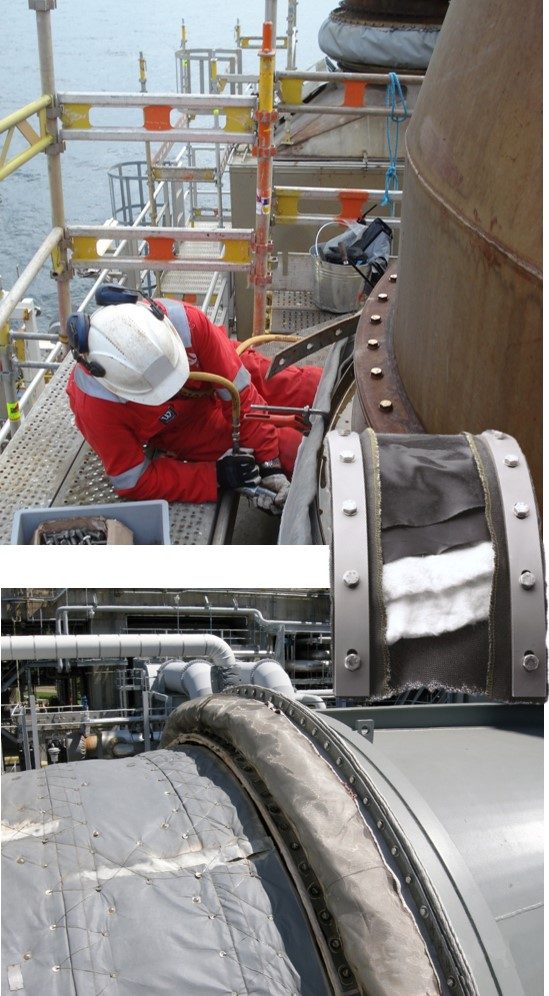 EXPANSION JOINTS
EXPANSION JOINTS
The key, reputable manufacturers of expansion joint technology in the European market have come together to establish this Division.
The Division will focus initially on non-metallic expansion joint technology.
The division aims to work for:
- a better understanding of fabric expansion joints
- a means of evaluating the various options available
- a series of guidelines for the safe usage of expansion joint components
The objective of the Division is to serve as a focal point for all efforts to improve the manufacture, understanding and application of expansion joint technology.
This will be achieved through:
- promotion of harmonised procedures in standards, specifications and terminology
- promotion of best practice in the design and manufacturing of expansion joints
- providing “user-friendly” guidelines for both manufacturers and customers
- encouraging engineering value in products and services
Non-metallic expansion joints are flexible connectors designed to provide stress relief in ducting systems by absorbing movement caused by thermal changes. They also act as vibration isolators, shock absorbers and, in some instances, to compensate for minor misalignment of adjoining ducting or equipment. They are fabricated from a wide variety of materials, including synthetic elastomers, fabrics, insulation materials and fluoroplastics, dependent upon the process environment in which they must operate.
The generic description ‘Expansion Joint’ covers a wide variety of products used to absorb movement in ducts and pipelines.
There are many applications for these products, and there is some overlap between the various types of expansion joint that can be used for a specific purpose. However there are general groupings which help to define the types of expansion joint, and their applications.
Expansion Joint Guides
It is apparent that there is wide ambiguity with the terminology used in connection with expansion joint technology. Although there are a number of guides describing expansion joints and their application, these are either biased on a particular type of technology, or are more complicated than necessary. Consequently, the Division has focused initially on providing comprehensive guides to European expansion joint technology, which are easy to use and understand.
Expansion Joint Publications
Read the latest articles from the EJD members about expansion joint design, best practice etc.


